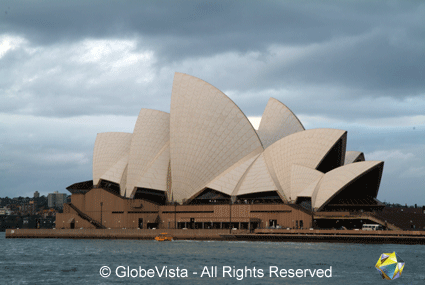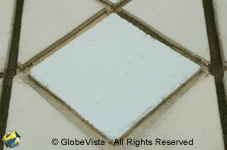The Sydney Opera House is located on Bennelong Point, a peninsula on Sydney Harbour. Construction began in 1959 after pressure was placed on the State Government of New South Wales and the then Premier the late Mr J.J. Cahill, to build an adequate dedicated music venue. Mr Cahill, who was a strong supporter of the project, set up the Sydney Opera House Appeal Fund in the hope of raising the $7 million dollars which was estimated to create a performing arts centre.

Grand Design
 An international competition was held in 1955 for the best design of a new performing arts complex on the eastern headland of Circular Quay, with prize money of 5,000 pounds. A point of interest, the name opera house was a misnomer that began being used during the time of the competition. The entrants were asked to submit plans for a performing arts centre and not an opera house. Danish architect, Jorn Utzon, won the competition which had attracted over 230 entries from over 32 countries.
An international competition was held in 1955 for the best design of a new performing arts complex on the eastern headland of Circular Quay, with prize money of 5,000 pounds. A point of interest, the name opera house was a misnomer that began being used during the time of the competition. The entrants were asked to submit plans for a performing arts centre and not an opera house. Danish architect, Jorn Utzon, won the competition which had attracted over 230 entries from over 32 countries.
Utzon’s winning plan was for the construction of a $7 million dollar Opera House. However, due to political interference, Utzon resigned from the project in 1966, and the Opera House was later completed for a cost of $102 million dollars. The Opera House was officially opened on the 20th of October 1973 by Queen Elizabeth II. The first performance in the Opera House was The Australian Opera’s production of Prokofiev’s ‘War and Peace’ on September 28, 1973.
The Long and Short of It
The building covers about 1.8 hectares (4.5 acres) and has a useable floor space of 4.5 hectares (11 acres). The entire building weighs 161,000 tonnes.
The roofs are made up of over 2,000 pre-cast concrete sections each weighing up to 15.5 tonnes and being held together with 370km of tensioned steel cable. The roofs are covered with 1,056,056 Swedish ceramic tiles.
 The walls, stairs, and floors are faced with pink aggregate granite which was quarried at Tarana, NSW. There are two types of wood used in the interiors, brush box and white birch plywood.
The walls, stairs, and floors are faced with pink aggregate granite which was quarried at Tarana, NSW. There are two types of wood used in the interiors, brush box and white birch plywood.
here is an amazing 6,223 square metres of glass also used. The glass is made in France.
The Opera House has five theatres: concert hall, opera theatre, drama theatre, cinema and recording hall. Also housed inside are two restaurants, several bars, six lounges, five rehearsal studios, sixty five dressing rooms and a library.
Sydney Opera House Trivia:
Bennelong Point was named after a senior man of the Eora people of Port Jackson, Woollarawarre Bennelong (c. 1764 – 3rd January, 1813). Bennelong became a close friend of Governor Arthur Phillip and sailed with him to England in 1792 when he left the colony. Bennelong later returned to Sydney in 1795.
